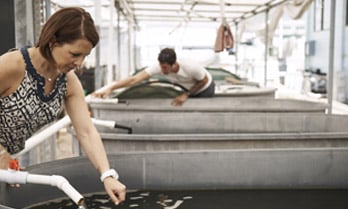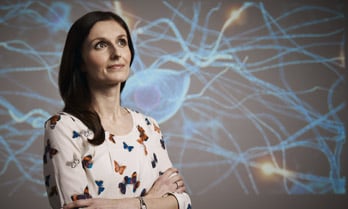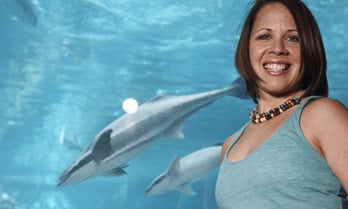







22 January 2025
Back from the brink: giving endangered Australian mammals a fighting chance at survival
Emily first fell in love with history, and how we interact with the world, reading the popular children’s book series ‘Cairo Jim’ back in primary school. Those tales ultimately led her to the first part of a double degree - ancient Egyptian archaeology.
The second, as it turns out, was evolutionary genomics - the study of genomics in a particular species’ evolution. While Emily always believed she’d become a doctor one day, she thought that would be in medicine, rather than academia.
But her work can still be the difference between life and death for some native Australians. Mammals that is.
Australia has the highest rate of mammal extinction in the world, with 40 species lost since European colonisation of Australia in 1788. That rate would be even higher if not for the hundreds of islands providing crucial sanctuaries for species like the Shark Bay mouse or Rufous hare-wallaby, which are extinct on the mainland.
Emily’s research investigates the genetic health of these small remnant populations, to assess their risk of extinction and their suitability to ‘rewild’ or rehome in habitats on mainland Australia.
“My research aims to learn from the past, by understanding the role that genetic factors have played in past Australian extinctions and to help design better conservation strategies for surviving species,” Dr Roycroft declares.
Having worked at the Australian National University in Canberra, Emily will soon be back “where it all began” at the home of her undergraduate degree, leading a team at Monash University in Melbourne.